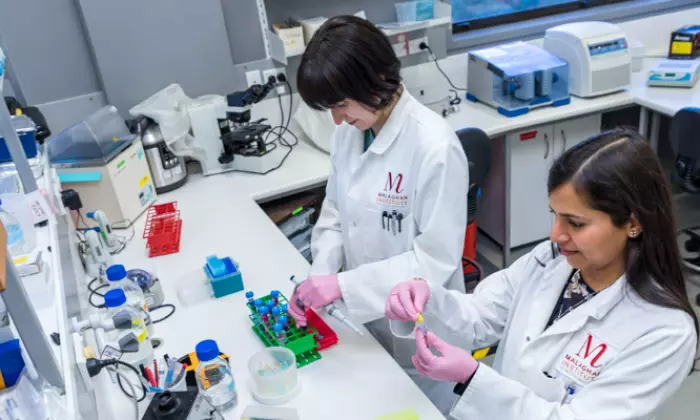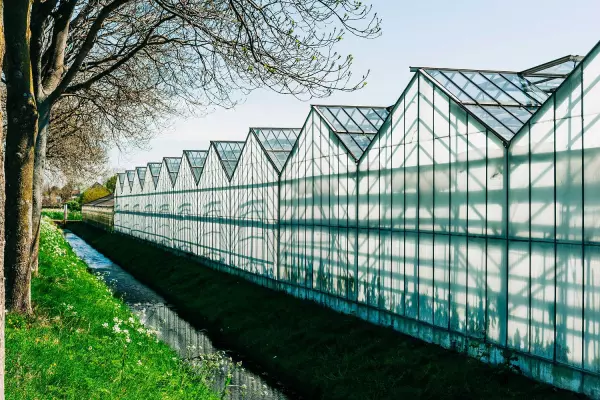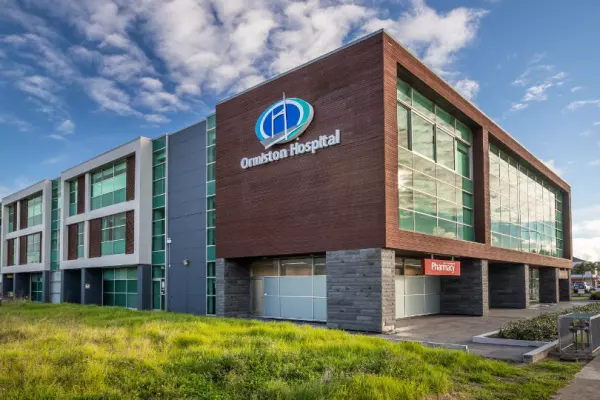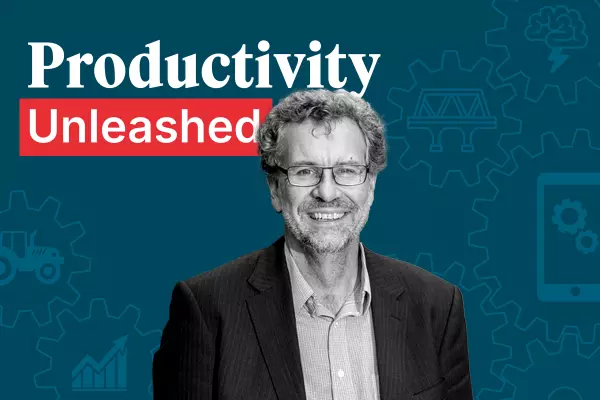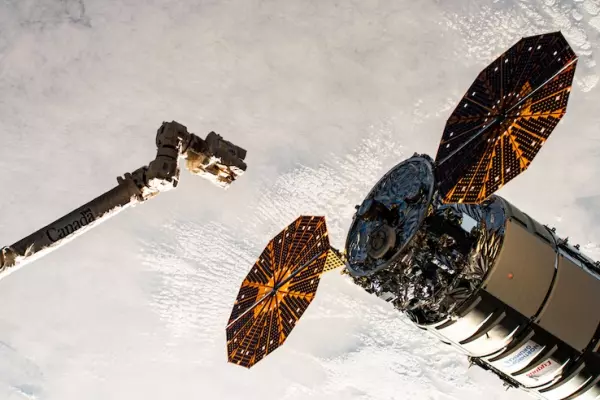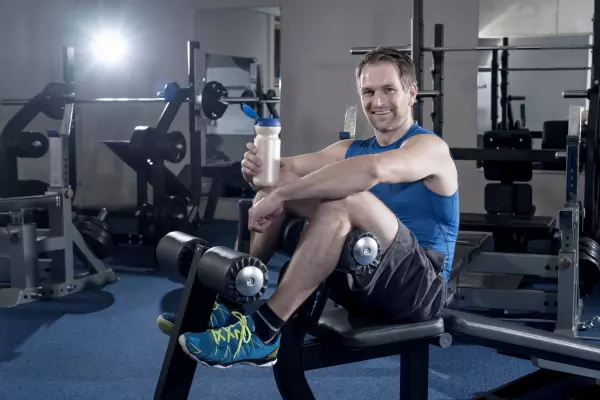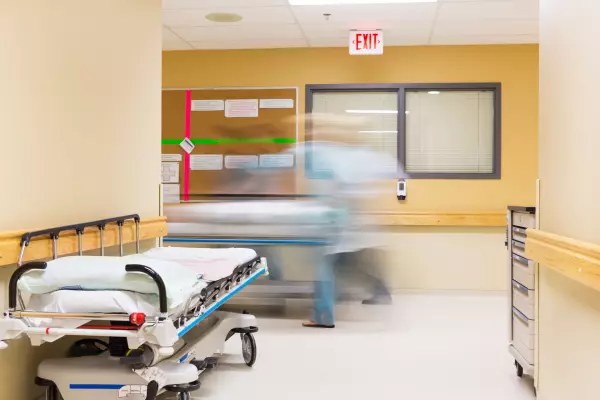Charities old and new have found their niche in New Zealand's scientific community.
Three independent institutes, which all owe their existence to a visionary founder or generous benefactor, attract millions of dollars in government funding each year. They say they fill a valuable gap in scientific research.
Gisborne's brand-new Mātai Institute is creating a campus-based on cutting-edge MRI whole-body research. It aims to draw in experts from around the earth while inspiring and nurturing young local talent.
Further south, Nelson's mighty Cawthron Institute is NZ's largest independent research organisation and entering its second century.
And Wellington's Malaghan Institute is about to burst out of the laboratory to carry out clinical trials on new therapies training the body's own cells to attack cancer.
The new kid on the block – Mātai Institute
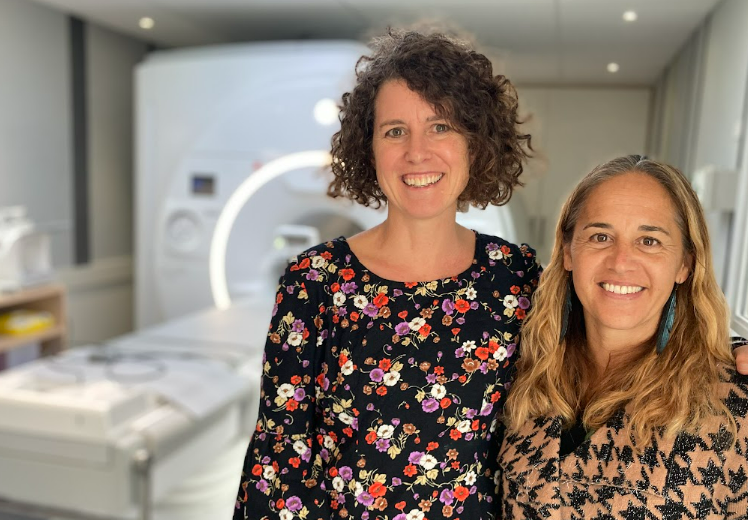 Mātai Institute's Samantha Holdsworth and Leigh Potter.
Mātai Institute's Samantha Holdsworth and Leigh Potter.
Just two years old, the Mātai Institute in Gisborne has big plans to be a world-leading research centre.
It was set up by local-born Dr Samantha Holdsworth, after a 16-year career overseas in magnetic resonance imaging (MRI) research.
The centrepiece of the institute's research is its high-definition MRI scanner. Tesla is a unit of magnetic field strength and Mātai 's machine is a "3-Tesla", compared with the 1.5-Tesla still common in clinical use.
The institute was founded in 2019 at Gisborne Hospital with the help of a $6 million grant from the Provincial Growth Fund, along with private philanthropic support.
In the June 2021 financial year, its biggest source of funding was $1.8m from the Ministry of Business, Innovation and Employment's (MBIE) Public Good Fund, followed by $280,000 from the J N Williams Memorial Trust, and $60,000 in general donations.
Holdsworth, Mātai’s chief executive and director of research, studied physics at Canterbury University, then moved on to medical physics and a doctorate in MRI at the University of Queensland. From there she spent 11 years at Stanford University School of Medicine working on new MRI methods for the early detection of diseases.
But eventually, the pull of home was stronger, she says.
"It was time to bring that knowledge and the network back to a region which I felt could really benefit from this area."
The institute hopes to develop a new scientific community with the MRI machine as its nucleus. In June, it broke ground on a new campus in central Gisborne.
The initial $5m cost includes $3.3m from the Lottery Significant Projects Fund and funding from the Kānoa-Regional Economic Development and Investment Unit. The first building is expected to take a year to complete with further stages added as funding is raised.
A lean operation
Holdsworth says there's a queue of research specialists wanting to move to Gisborne from NZ and abroad. The main limit is the institute’s need for a lean operation.
It forges links with organisations such as Stanford and the University of California, but the focus is also local, with educational programmes and scholarships in Gisborne-Taraiwhiti, Holdsworth says.
"It's about growing that local talent while also linking people up internationally. A big goal of what we're doing is trying to train local talent from the ground up," she says.
Research into head trauma is just one example of Mātai's simultaneously local and global focus. The institute has gone on the sports field as part of a multi-disciplinary study into head trauma. Gisborne rugby players aged from 16 to 18 wore mouthguards fitted with motion sensors and had brain scans before, during and after the sporting season.
Holdsworth says they're trying to come up with models of how the brain responds to impacts.
"The dream is to see if we can determine if a person can play on, or goes off the field. It's applicable to all types of concussion."
Another project is the Tairawhiti child wellbeing study, where local children are being scanned over the years to create models of normal and abnormal development.
But it also helps to engage children in science, technology, engineering and maths (STEM), Holdsworth says.
"We've done a pilot of 30 children and the great thing about it is that it's a really neat way of engaging children and STEM. So, they get to experience the scanning and see inside their own body, the brain and the heart."
Chief operating officer Leigh Potter says the institute is looking to commercialise its research. For now, that's limited to clinical MRI services which brought in $21,000 in the 2021 financial year.
Commercial behemoth – the Cawthron Institute
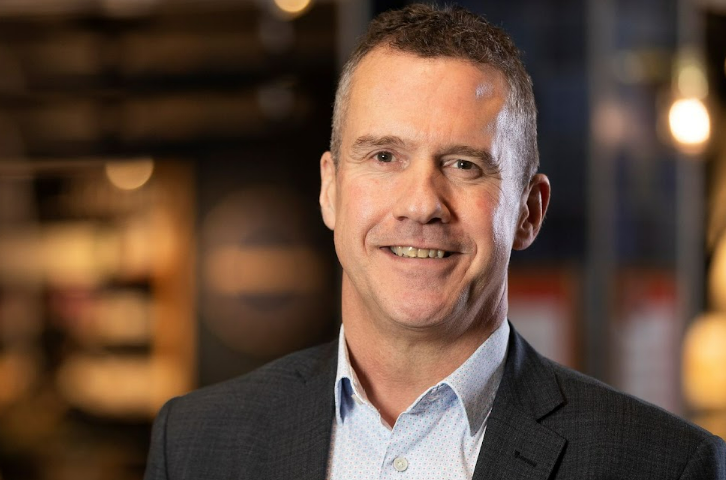 Cawthorn Institute's Volker Kuntzsch.
Cawthorn Institute's Volker Kuntzsch.Agricultural research was the backbone of the Cawthron's science for much of its history. From the 1980s, it started moving into the marine and freshwater research it now specialises in. That means protecting those environments and helping develop the seafood and aquaculture industries.
Although it's a charity, the Cawthron Institute has long carried out commercial research to help keep the lights on. Its total revenue is now split roughly 50:50 between government-funded research and various public and private sector consultancy work.
It carries out analytical services, such as testing food to meet export and food safety requirements and biotoxin testing.
Revenue from exchange transactions has grown from $27.4m in 2017 to $43.6m in 2021. The Cawthron says research projects from both the government and private sectors have driven this growth.
In 2021, Cawthron won two bids from the MBIE-administered Endeavour fund. One was $12.1m for a five-year project into improving the management of freshwater fish and ecosystems.
Another $11m is for research into open ocean aquaculture, which is the rearing of seafood enclosed in offshore waters. This would increase the areas available for aquaculture, where growth has been hampered by a lack of proven technology.
Other funding has come from the Strategic Science Investment Fund (SSIF), including $2m a year for seafood safety research and $3m a year for shellfish aquaculture research.
The big advantage of the ongoing SSIF funding is that it allows (and in fact requires) the Cawthron to think ahead about its research direction.
The institute's governing body is the Cawthron Institute Trust board which controls the Cawthron Foundation, a much smaller charity created to administer the institute's bequests, donations and endowments.
In the 2021 financial year, the foundation received $27,000 in total. These funds go towards the main trust board's philanthropic and community outreach programmes, including scholarships and the annual Cawthron NZ River Awards.
In 2021, the $10,000 first prize went to the Manawatū River Leaders Forum for its work on improving the Manawatū River catchment.
Like the Mātai Institute, the Cawthron is looking to make a move, as it outgrows its ageing site in The Wood area of Nelson. Last year it announced it was collaborating with Port Nelson and the Nelson City Council to create a science and technology precinct on port land.
The project is now at the planning stage and it's too early for cost estimates. The Nelson City Council is contributing $6m, which is a mixture of capital grants and a $1.2m loan.
Disease fighter – Malaghan Institute
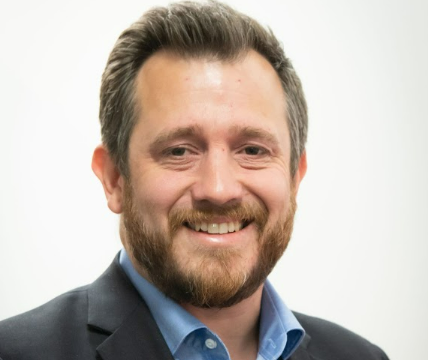 Malaghan Institute's Mike Zablocki.
Malaghan Institute's Mike Zablocki.Malaghan’s roots go back to the 1960s when Tip Top Ice-cream founder Len Malaghan was diagnosed with cancer. Before he died in 1967, Malaghan and his wife Ann set up a trust that eventually seeded the institute.
Since the 1990s, the institute has focused in on immunotherapy – how to use the body's immune system in the fight against cancer, allergies and other diseases.
General manager Mike Zablocki says this was a turning point in the Malaghan Institute’s fortunes. “It was a little bit on its uppers, to be honest.”
Cancer and allergy research are two different poles of immunotherapy, he says.
"With allergies, you're trying to tune it down and stop it overreacting to harmless things. With cancer, you're trying to get it to recognise this existential threat in your own cells."
For allergies, fundamental research is being carried out into the role of different cells in the immune system. But the institute is also looking into promising therapies using human hookworms against allergic diseases of the gut, Zablocki says.
The institute has some 20 years of history with clinical cancer trials, but its latest work builds on international research into chimeric antigen receptor T-cell (Car-T) therapy.
Zablocki says the therapy involves genetically engineering a patient's immune cells in the laboratory and training them to recognise and attack cancer cells.
"It works absolutely fantastically in haematological cancers because they're cancers of the blood. It's a major breakthrough for lymphoma patients and leukaemia patients."
Most of the Malaghan Institute’s growth has been driven by success in grant rounds, although they are very competitive, Zablocki says.
In the July 2021 financial year, the institute received $9.6m in grants, plus another $3m from the Health Research Council. A big share was from $6.2m in philanthropic support, which Zablocki says has taken off in recent years, attracting donors big and small.
“We’ve had some really high-profile research areas. The Car-T cell programme has really captured people’s imaginations.”
Zablocki says the institute has reached a major inflexion point, where it's moving from a laboratory research focus to developing therapies in clinical trials.
Clinical trials increase costs around tenfold, he says. “The way to get things into a clinic is to partner with either a company or a financial backer who’s got pockets deep enough to fund clinical trials.
“We’re going to need a whole bunch of different skills, areas of expertise, partners that we don’t have right now in order to do that. But it’s really exciting.”
The role of charities
As independent registered charities, the Cawthron, Malaghan and Mātai fill different gaps in the scientific ecosystem.
Malaghan's Zablocki says independent institutes like Malaghan can focus on specific areas that the government might not opt to fund directly. As a charity, it has access to philanthropic funds.
"We can maintain the kind of tools and technologies for the work that we do that makes it a world-class place to come and do that research," he says.
Cawthron Institute chief executive Volker Kuntzsch says the value is in being able to plough profits back into the science.
“Our independence means we can pursue scientific endeavours that we believe will deliver a better future.”
Holdsworth says the Mātai Institute is based in a region in need of improved support in healthcare.
“By being embedded within the community, we are better able to uplift the health of our people, and bring about generational change,” Holdsworth says.
Thomas Cawthron and Len Malaghan created their legacies posthumously, but Holdsworth is very much alive and well. To the suggestion she might be seen in a similar light as Cawthron in a hundred years, she laughs.
“That’s what we hope. We’re looking for longevity.”


